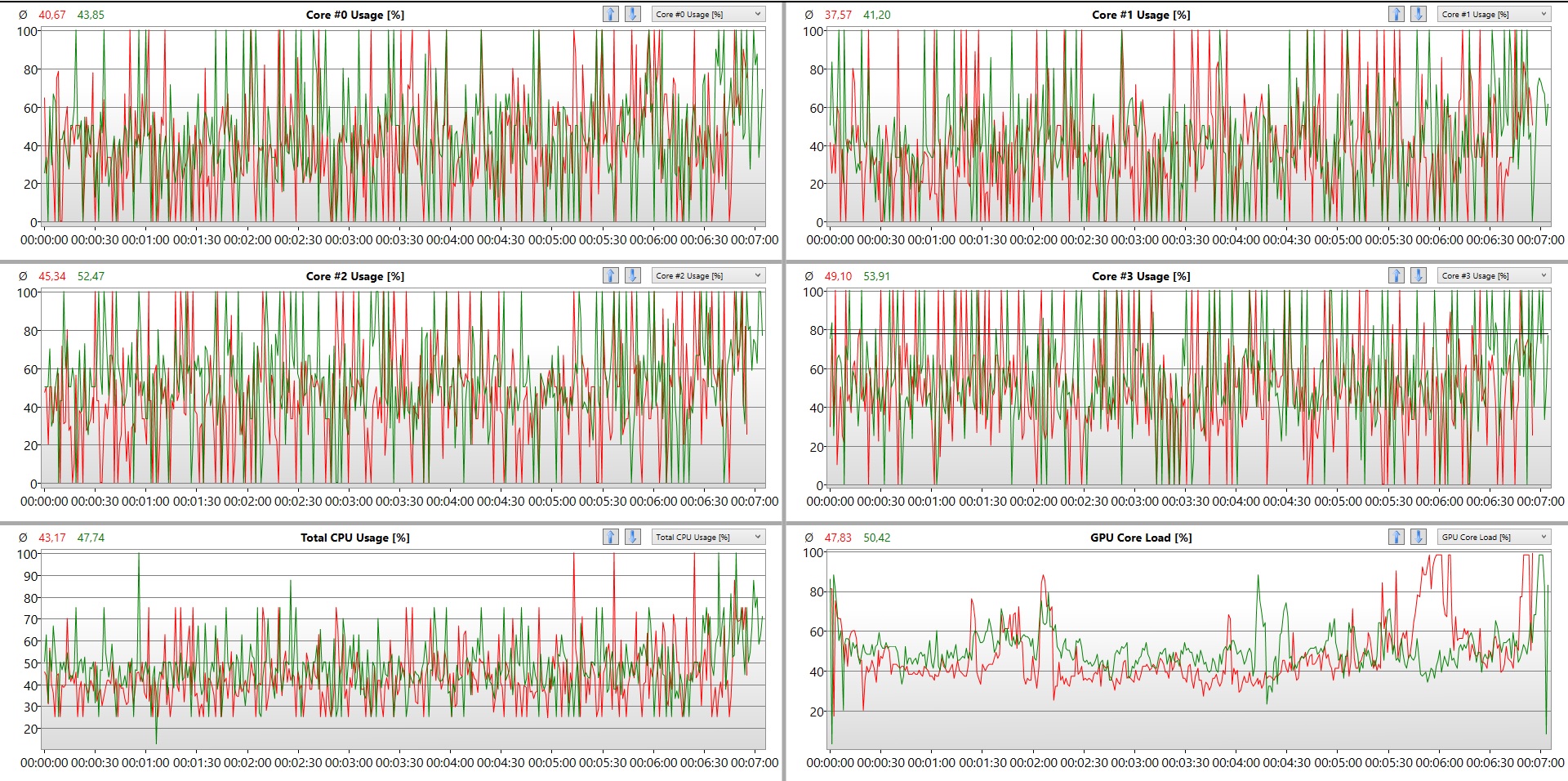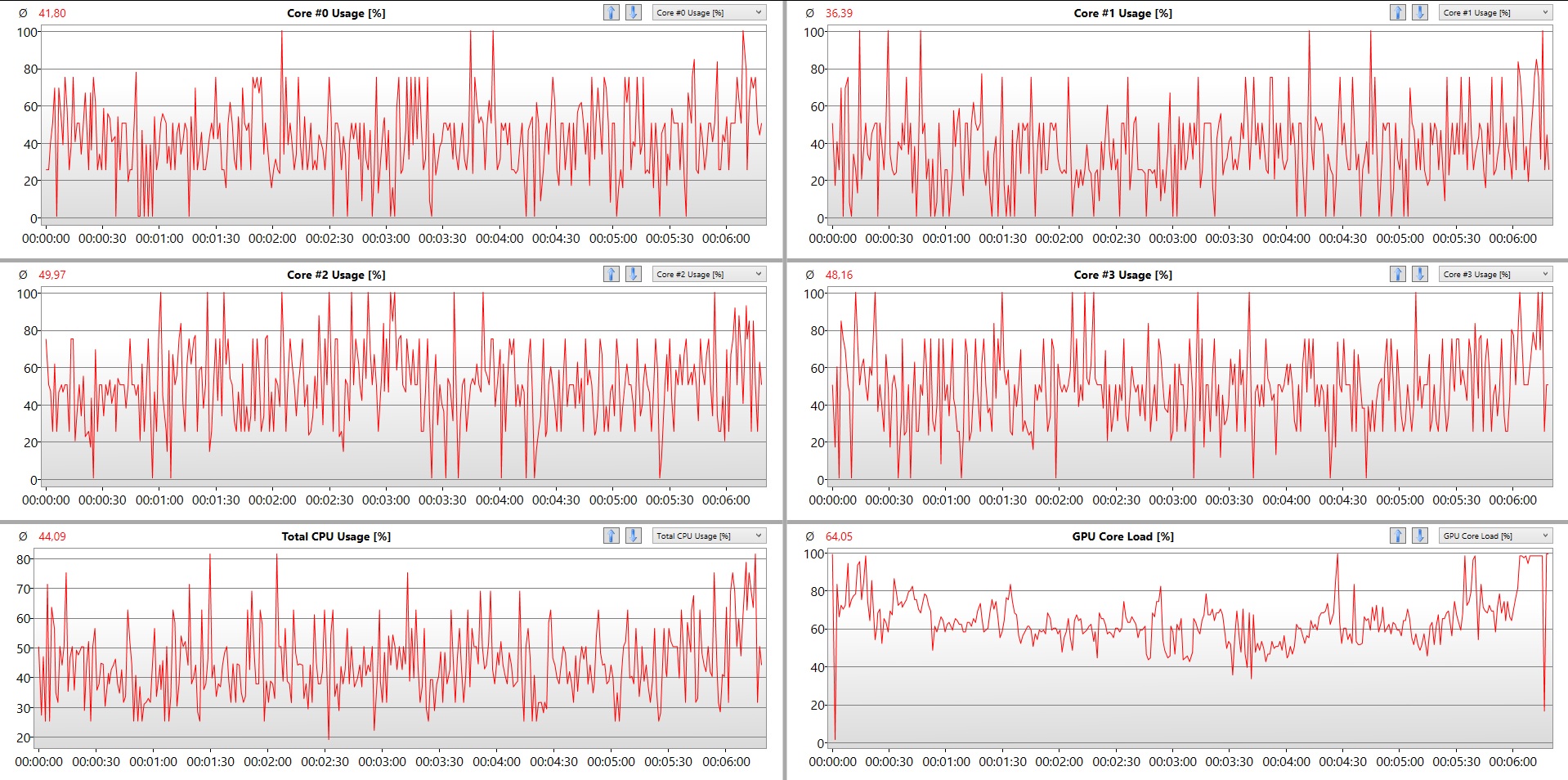Iron's right, with a caveat. They're hitting a brick wall because of the limits of the silicone (including OCing, we might even be hitting the first generations that are
losing peformance anytime now), but also the limits of their architecture. CMT may have been a flop, but at least AMD was trying to get creative, and odds are they're learning all sorts of things in the process. Intel hasn't changed things much fundamentally, really, since Nehalem (the biggest fundamental change was the inclusion of a GPU), and iirc, that draws heavily from the P6 architecture, introduced in the 90s.
Now, I'm sure lots of architectural features get re-used, because reinventing the wheel is expensive, but in refusing to innovate beyond little steps, Intel is leaving the door open for AMD to catch up, and AMD knows exactly what target it has to hit to do so, as well as many of Intel's weaknesses that it can capitalize on from integrated GPUs to Intel socket plans to mostly-locked multipliers.
Edited by Catamount, 24 September 2014 - 05:34 AM.
 Lordred, on 22 September 2014 - 10:52 PM, said:
Lordred, on 22 September 2014 - 10:52 PM, said:
































